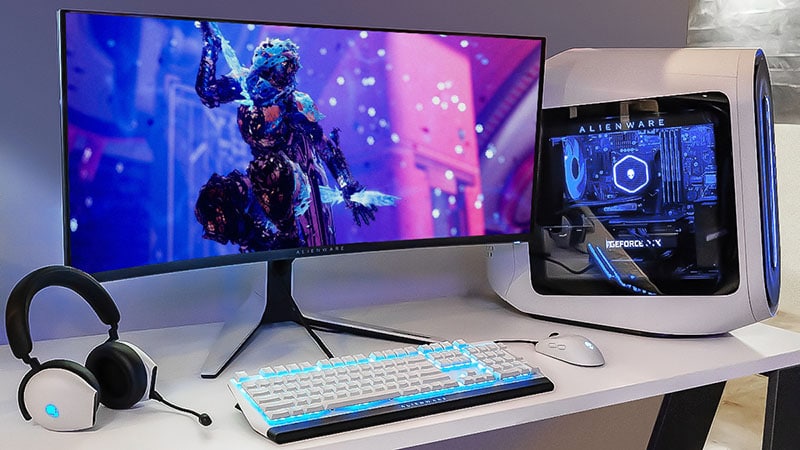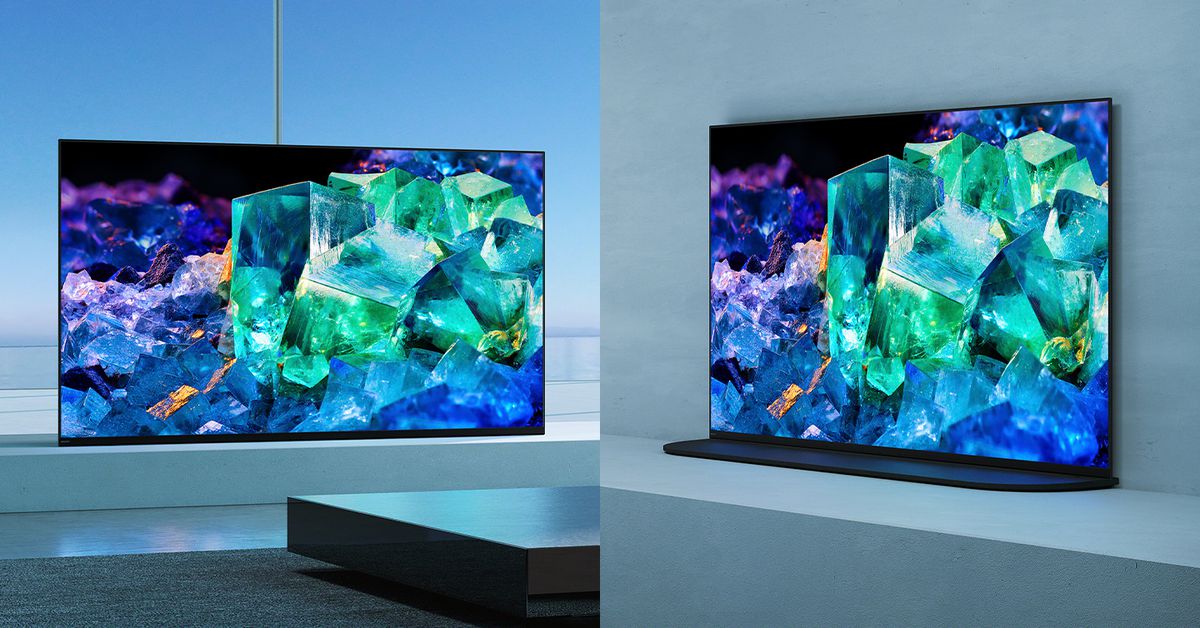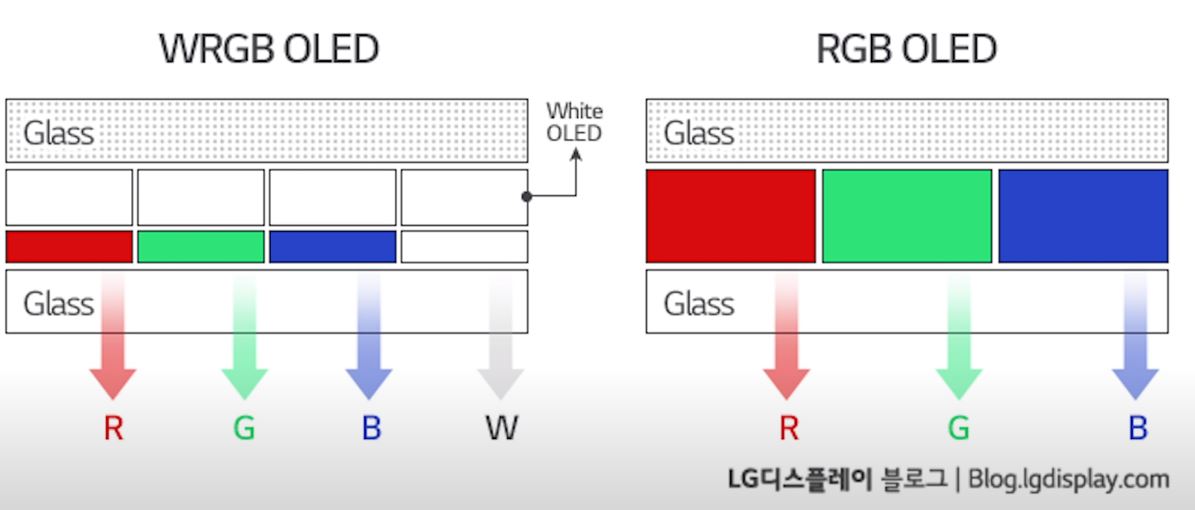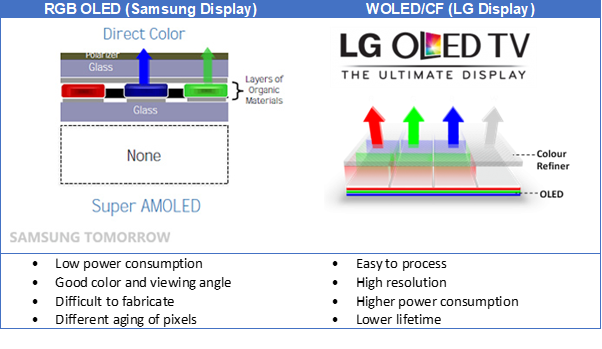- Apr 3, 2006
- 4,227
- 5,228
- 136
New QD-OLED TV, and Gaming Monitors based on Samsung panels have been announced at CES:
https://www.ces.tech/Innovation-Awa...-Odyssey-G8QNB-34”-Gaming-Monitor-(2022).aspx
Same Panel in Alienware:

 tftcentral.co.uk
tftcentral.co.uk
Sony QD-OLED TVs:

 www.theverge.com
www.theverge.com
https://www.ces.tech/Innovation-Awa...-Odyssey-G8QNB-34”-Gaming-Monitor-(2022).aspx
Samsung Odyssey G8QNB 34” Gaming Monitor will be the world’s first Quantum Dot OLED (QD-OLED) gaming monitor, offering the best of both QLED and OLED screen technology. With high-performance features like a 175Hz refresh rate and 0.1ms
Same Panel in Alienware:

Dell Alienware AW3423DW with 34" QD-OLED Panel and 175Hz Refresh Rate - TFTCentral
Share this contentOriginally published 4 January 2022, last updated 17 February 2022 For the CES 2022 event in January, Dell announced the launch of the World’s first OLED desktop monitor....[click link for more]
Sony QD-OLED TVs:

Sony announces the world’s first QD-OLED 4K TV, coming later this year
The Samsung Display panel supposedly outshines LG’s best.




